With nods towards The Exorcist and The Da Vinci Code, two-part BBC1 drama Apparitions aims to revive the supernatural genre and take Lime Pictures in a new direction.
Having a well-established drama presence on C4 with Hollyoaks, on CBBC with Grange Hill and most recently on ITV1 with Bonkers, Lime creative director Tony Wood and chief executive Carolyn Reynolds were keen to develop the company's first mainstream project for BBC1.
“Tony and I talked about what genre might appeal to a BBC1 audience,” says Reynolds. “Tony had the idea of tackling an exorcist-themed piece, a psychological thriller with strong good versus evil storylines and high production values.
“What we didn't know when we approached the BBC was that separately Martin Shaw (Judge John Deed) had had conversations with them about similar territory in which he might play a priest. That felt more like fate than coincidence and helped to get the show made.”
Reynolds and Wood's next task was to assign a writer to the project. Nick Collins (Murder in Suburbia) developed the initial script before Joe Ahearne (Ultraviolet, Doctor Who, This Life) joined as writer-director.
“We needed writers who could launch a show,” says Reynolds. “We know we're taking a risk because it's a very different genre from anything else currently broadcast. But we're keen to get this right in order to develop the show into a returning series.”
Set in contemporary Britain, Father Jacob (Shaw) has a talent for exorcism which he reluctantly uses when approached by a small child whose father has been possessed. His investigation reveals that a greater male-volence is at work. “Father Shaw is presented as a maverick soul who works under the Roman Catholic umbrella although his religion isn't pronounced,” says Reynolds.
It was important to create a visual identity that communicated the premise that extraordinary things can happen to ordinary people.
“The supernatural undercurrent had to work at a subliminal level,” explains series producer Annie Harrison-Baxter. “We created a restricted colour palette in terms of set design and costume combined with a shooting style which is essentially straight and classical but with the odd surprising angle. This isn't about exorcism but about emotional engagement with the characters and overly tricky camera movement can be distracting.”
Shot over six weeks last autumn, predominantly in the north-west at more than 40 locations, the filming schedule was hectic. “Demons and the possessed don't tend to hang around in bright sunshine so we've done a lot of split days and night shoots,” says Harrison-Baxter. “Since Martin is in virtually every scene it's been particularly gruelling for him.”
The drama's denouement required two nights of intense special effects stunt wire work. “We found a derelict house and spent two nights cutting a large hole to the first floor and then working in tremendous amounts of dust,” says Harrison-Baxter.
The production spent two weeks shooting at a former Catholic seminary in Wigan; the interior of Liverpool's Knowsley Hall doubled for the Vatican while other buildings were mocked up as a Calcutta hospital. For that scene, which featured leprosy patients, the script called for a close up of a man's three-fingered hand.
“It proved difficult to make a prosthetic which was both believable and tolerable for the actor, who would have needed to fold his fingers back,” says Harrison-Baxter. “Instead we decided to search for a hand double which as you can imagine wasn't straightforward.” Luckily the researcher handed the assignment had worked for a while at a medical centre and recalled just such a person.
“We needed to match his skin colour to the actor playing the leprosy victim so that when we went to close-up it was as close to the real thing as you can get,” says Harrison-Baxter.
The attention to detail was necessary since Apparitions is an HD production, shot by DoP Peter Greenhalgh on Sony HDW F900R fitted with Cooke S4 lenses supplied by Take Two. “HD worked out cheaper that 35mm or 16mm,” says Harrison-Baxter. “Joe's visual sense is very strong and he's made excellent use of it.”
For a whirlwind visit to Rome to shoot outside the Vatican Greenhalgh adopted a documentary approach. “There were huge restrictions to filming outside the Vatican at night and although we were eventually allowed to put up a couple of lights we had to be innovative,” recalls Harrison-Baxter. “Greenhalgh comes from a strong documentary background and is used to shooting in available light.”
To retain the drama's sense of realism, physical effects (prosthetics, wire work and pyrotechnics) were preferred over CG but the demonic apparitions themselves are largely achieved through performance and the use of foreign languages.
“The demonic forces manifest themselves in the possessed by speaking a foreign language. It's been a challenge for the two actors involved since they had to learn emotionally charged scenes in a mix of Hindi and Albanian. While the Hindi is lyrical, the Albanian is more guttural, which has a disturbing effect,” says Harrison-Baxter.
Reynolds claims not to have been influenced directly by The Da Vinci Code or fellow anti-high church novel His Dark Materials but by the mood that perhaps inspired both. “I think that what Tony and Jane [Tranter, controller, BBC Fiction] spotted was a feeling that we're at a time when everyone is questioning what is happening with the world,” she says. “Apparitions is good old- fashioned storytelling revolving around good versus evil with the threat of End of Days lurking in the background. Arguably there is more evil around the world than there has been before and people need an explanation for that.”


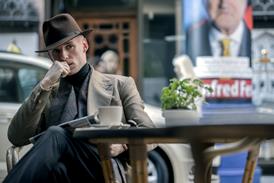




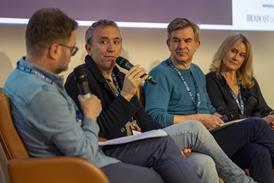
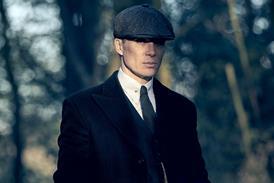
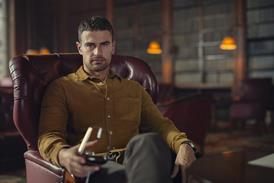

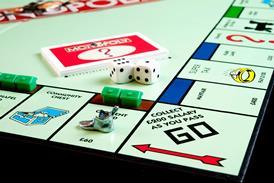
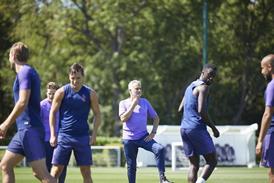

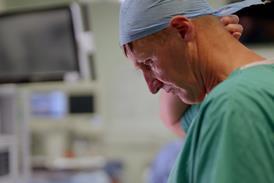

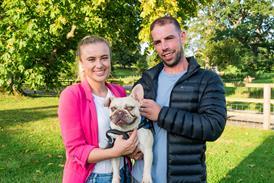












No comments yet